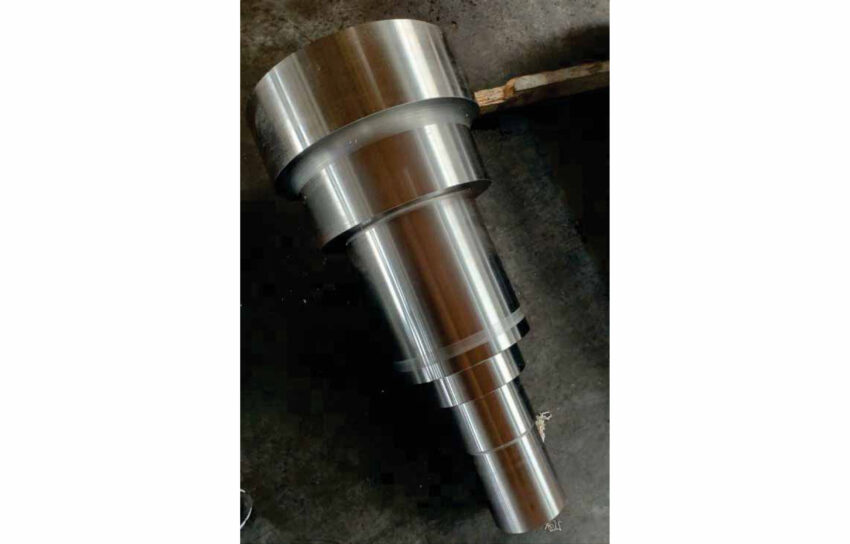In construction equipment manufacturing, open die forgings and seamless rolled rings are essential for producing components with superior strength, durability, and reliability. These forging processes enhance mechanical properties, ensuring components endure the harsh demands of construction environments.
Critical components such as shafts, gears, and flanges rely on open die forgings, while seamless rolled rings are crucial for bearings, flanges, and gear blanks. To maximize performance, manufacturers must consider the specific “end use” of each part during the design and production phases.
According to Jeff Klein, Director of Sales at All Metals & Forge Group, defining the final application of a forged component ensures the correct materials, forging techniques, and quality standards are applied. This consideration is vital for meeting industry standards such as ASTM, AMS, AISI, or API.
End-use requirements dictate key factors like material selection, heat treatment, machining, and mechanical properties. For example, high-nickel alloys such as Inconel 718 are ideal for high-temperature environments, while stainless steels like 316L offer superior corrosion resistance. The proper combination of material and process ensures long-term durability and operational efficiency.
Seamless rolled rings can be customized in various alloys and sizes to meet specific application demands. Partnering with an experienced forging supplier enables engineers and equipment manufacturers to optimize material properties, ensuring components meet stringent performance and safety criteria.
By collaborating with a trusted supplier that prioritizes end-use requirements, construction equipment OEMs can enhance equipment reliability, safety, and compliance with industry standards.
For more details on optimizing forged components for construction applications, visit All Metals & Forge Group.

